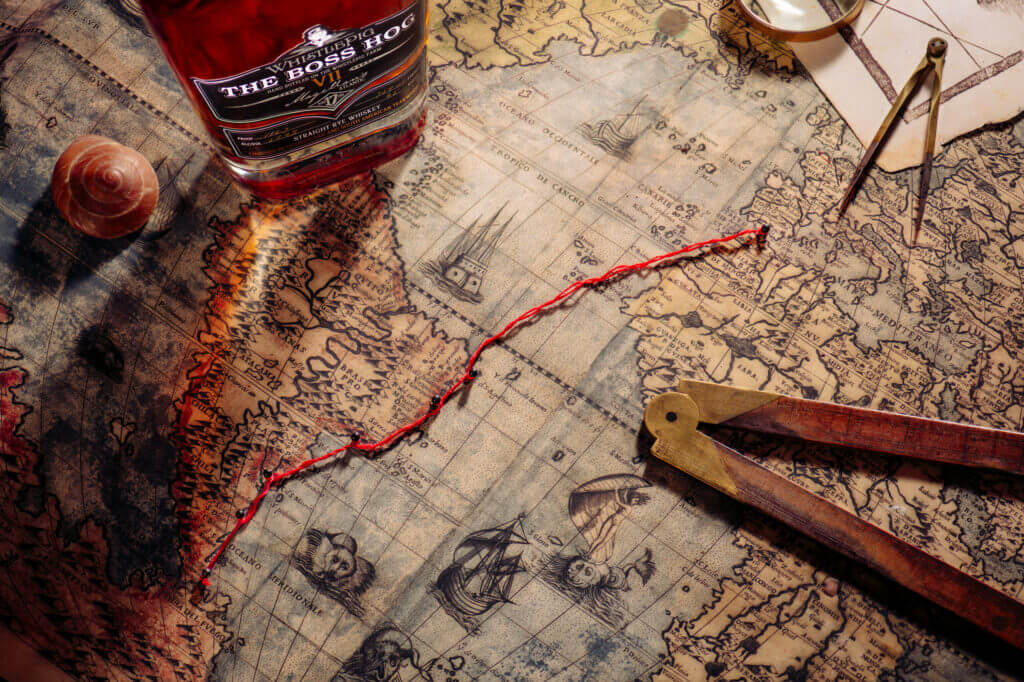The Journey
It was an eerily calm autumn morning in Andalucia. Barely a wisp of cloud clung to the crisp Spanish air. The year was 1519 and Ferdinand Magellan stood upon the precipice of history. The Portuguese explorer peered out over the bow of the Victoria to spy four additional ships–two along each flank. Under all that rigging, a crew of 270 daring souls crowded the five decks. Stashed in the hulls at their feet barely enough rations to last them several months at sea. Amongst all the sundries, no doubt, the crudest of cordials and Iberian wine, fortified–like the surly sailors themselves– for the lengthy voyage into the unknown.
The scholars of the day said it couldn’t be done. The nobility called him reckless. Certainly a western route to the Spice Islands of Indonesia was ill-conceived at best and suicidal at worst. It was in no way bombastic to consider it the most daring sea voyage ever undertaken.
Approaching the Atlantic from Sanlucar de Barrameda, the expedition tacked a southerly course along the western edge of Africa. The last lands they kissed in the Old World were the volcanic shores of the Canaries on September 26th, 1519. It would be over two months before the men would set foot on solid ground again. And what a dramatic reunion it proved to be.
Just before dawn on December 13th, the serrated skirt of the South American continent appeared over the ship’s starboard horizon. Soon the crew would be dropping anchor in Guanabara Bay, one of the world’s most dramatic natural harbors beside what is today known as Rio de Janeiro. Monolithic towers of metamorphized granite loomed overhead. Dense, tropical rainforest thicketed the valleys formed between them.
A lush New World, to be sure. But was it welcoming? Venturing inland the interlopers would encounter exotic terrain ripe with flora and fauna unrecognizable to their European eyes. Through chockablock vines they cut their way deeper and higher into the jungle, eventually uncovering a new type of timber: Cumaru. Today it is more commonly known as Brazilian Teak. A golden hardwood of uncompromising durability, Magellan and crew likely contemplated the lumber’s seaworthy merits. They could have never imagined the outsized role it would eventually play in crafting a whiskey of unrivaled complexity. It only took 500 years to get there.


0 Comments